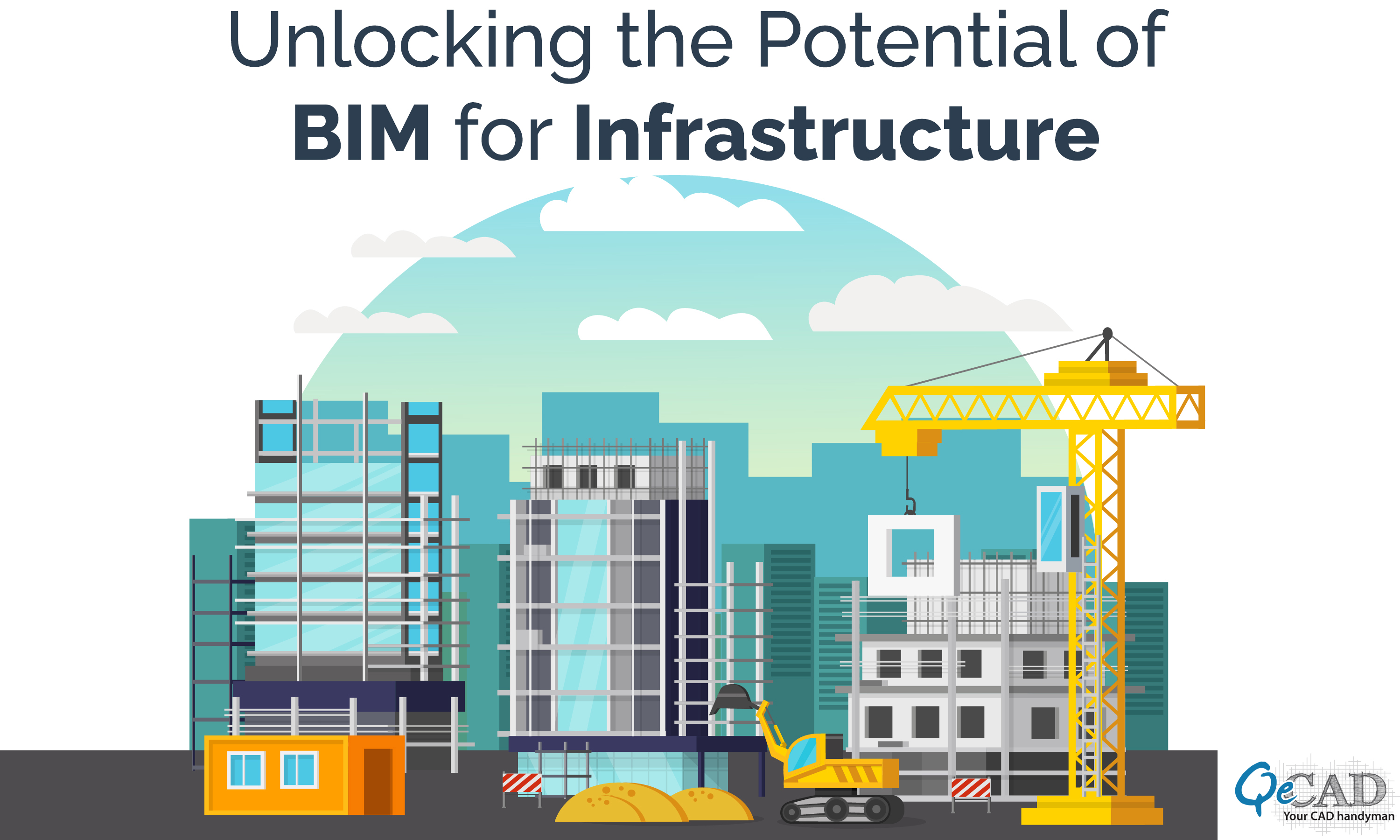
Introduction
Building Information Modelling (BIM) has influenced the manner in which we create, construct, and run buildings, and the technology is quickly gaining traction in the construction sector. BIM for construction has grown into a vital technology for the execution of projects since it allows stakeholders to more effectively interact & coordinate what exists, lowers inaccuracies, or increases effectiveness as well as savings. This article will look into how BIM models serve their purpose in construction endeavors including the advantages that these provide.
Coordination of BIM Services
BIM Coordination Services are crucial for making certain that all project parts were smoothly united, minimizing possible disputes, and guaranteeing ensuring the project is completed within time as well as on budget. The process of coordination entails developing a centralized BIM model incorporating all design and construction information collected by the project’s numerous stakeholders. The representation of the system is subsequently evaluated and optimized to verify and ensure every element work properly.
The utilization of BIM coordination services enables all stakeholders to effectively interact, resulting in enhanced interaction and greater effectiveness in the building phase. The demand for expensive revisions and interruptions decreases, and the completion of projects is expedited, by discovering errors at the beginning of the process. BIM Coordination Services additionally enable a more precise and comprehensive project design, which allows for improved estimations of costs and reduces the possibility of inaccuracies throughout construction.
Infrastructure BIM
BIM regarding infrastructure entails building 3D models that incorporate all of the design and construction data about the infrastructure project, which includes roadways, bridges, tunnels, and various other structures. All stakeholders, including architects, engineers, contractors, and facility managers, work together to construct the models. The aforementioned models provide the visualization of the whole endeavor, through design to operation, as well as the simulated execution of several situations to choose the most appropriate course of action.
One of the most significant advantages of adopting BIM for Infrastructure is the way it allows for improved effectiveness and efficiency in the execution of projects. Stakeholders may reduce the amount of time it requires to finish the planning and building stages of a project through the utilization of BIM, as well as optimize the use of scarce assets such as materials or labour. BIM additionally allows for a more precise assessment of project expenses, resulting in improved planning and risk reduction.
Another advantage of adopting BIM for construction is the reality that it allows for improved collaboration between stakeholders. Being able to communicate actual time project data enables stakeholders to recognize and fix potential problems promptly, lowering the likelihood of expensive revisions or interruptions. BIM additionally provides for more effective communication, which results in fewer mistakes and misunderstandings.
BIM’s Future in Infrastructure
BIM has grown into a necessary tool throughout infrastructure projects, and its adoption is projected to increase in the future years. As technology advances, BIM models features are expected to become progressively more advanced, allowing stakeholders to imitate and optimize numerous situations in real time. This allows stakeholders to make more educated choices, save money, and implement more efficient use of resources.
Another field where BIM is anticipated to be having significant consequences in the years to come is infrastructure construction, operation, and maintenance. Administrators might employ BIM models to track infrastructure performance, identify possible concerns earlier they turn into major issues, and optimize maintenance plans. This is going to result in improved handling of assets, decreased downtime, and cheaper maintenance expenses.
Infrastructure BIM Advantages
The advantages of adopting BIM for infrastructure were substantial. BIM models enable stakeholders to visualize the project, which aids in the identification of possible challenges or disputes. BIM technology also enables stakeholders to collaborate more effectively, lowering the possibility of expensive mistakes and postponements.
Some of the primary advantages of BIM for infrastructure involve:
1) Improved Collaboration: BIM technology allows stakeholders to communicate more effectively and function better collectively. BIM models enable everyone with an interest to make decisions from an identical collection of data, reducing the chance of inaccuracies and disruptions.
2) Cost Savings: BIM models allow stakeholders to optimize project design and recognize possible challenges when building starts, lowering the risk of expensive mistakes or delays.
3) Improved Quality: BIM models give stakeholders an increasingly comprehensive and accurate depiction of the project, enabling participants to anticipate prospective problems and conflicts ahead of the start of construction.
4) Enhanced Safety: BIM models allow stakeholders to detect possible security risks and dangers earlier than the start of construction, assuring that safeguarding worker is the primary concern during the project.
Productivity improves because BIM models enable stakeholders to optimize project design, reducing the requirement for reworking and boosting efficiency across the building phase.
Conclusion
BIM models have become a vital tool for infrastructure projects, allowing stakeholders to efficiently communicate, decrease inaccuracies and expedite the execution of projects. BIM coordination assistance is crucial for making sure all of the project parts are smoothly united, reducing possible disputes, and guaranteeing that the project is completed on time and under budget. As technology advances, BIM models’ capabilities are going to become progressively more sophisticated, allowing stakeholders to arrive at greater choices, save costs, as well as optimize resource utilization.
